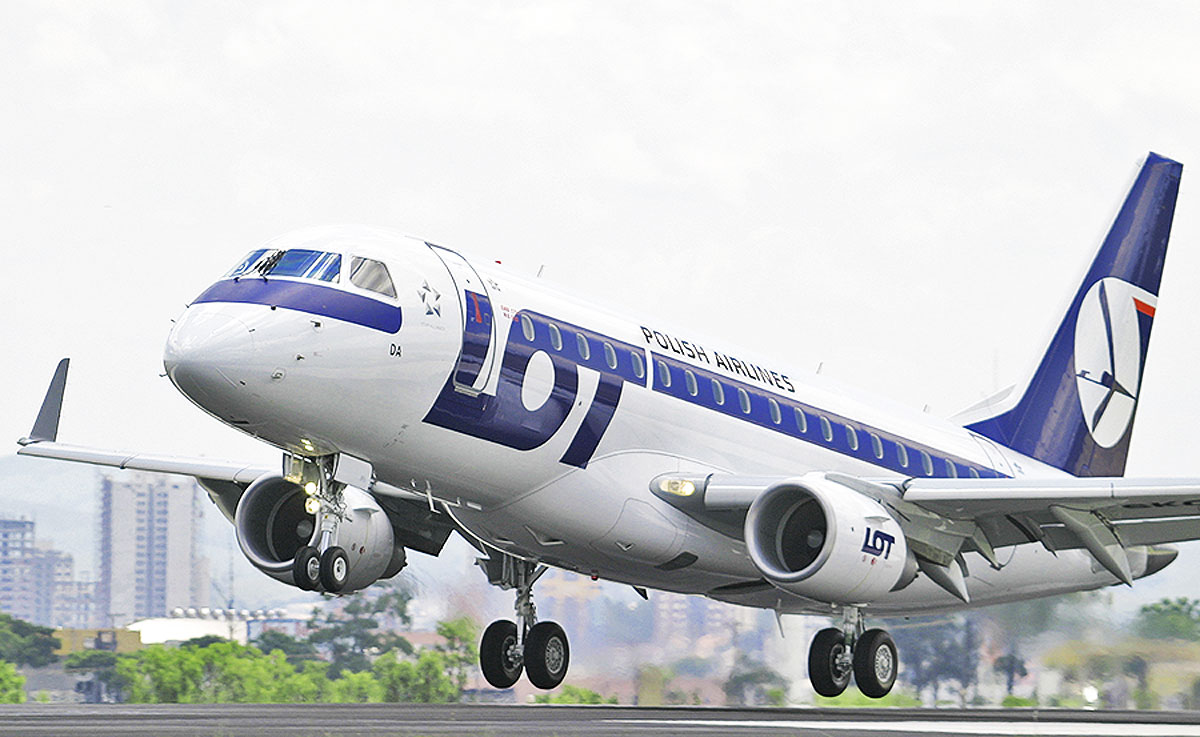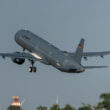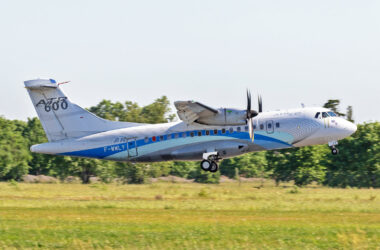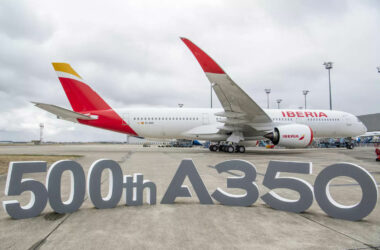Embraer has been looking for new customers for its line of E2 commercial jets, which have a very small backlog compared to the history of the first generation of E-Jets.
According to the Brazilian company, only 221 aircraft are on firm orders, compared to the 1,771 aircraft of the E170, E175, E190 and E195 models already ordered – Embraer does not disclose more purchase options.
Of the three E2 models launched, only the E195-E2 has a respectable backlog, with 201 orders. The first-to-service E190-E2 has only 20 on order while the smaller E175-E2 remains customerless and its operational debut delayed.
But the prospects for the new family of jets, much more efficient than the previous generation, appear to be positive. At least that’s what some conversations Embraer has had in global markets indicate.
One of the potential customers of the E2 is the Polish LOT, owner of one of the largest fleets of E-Jets in the world – the airline was the launch customer of the series in 2004.
The 40 E-Jets play an important role in its flight network, but will need to be replaced in the near future. Embraer admits to being in talks to sell the E2s, but does not reveal the quantity, although the Polish press points to an order for up to 80 aircraft.
In an interview, Embraer’s vice president of sales and marketing, Cesar Pereira, suggested that the 100-seat E190-E2 and 140-seat E195-E2 could be an advantageous solution for LOT, thanks to lower fuel consumption compared to the previous generation.

Approaching India
It is in India, however, that Embraer has bet heavily. The massive aviation market in the world’s second most populous country could generate large orders for the E2 jets.
According to Nikkei Asia, the Brazilian planemaker would in fact be negotiating an agreement with the low-cost giant IndiGo, which owns a fleet of more than 260 aircraft.
Although a major Airbus customer, IndiGo has just appointed Pieter Elbers as CEO. The Dutch executive was at the head of KLM, which has a very close relationship with Embraer, operating E1 and E2 aircraft very successfully in Europe.
Another Indian airline identified as a likely focus for Embraer is Star Air, which owns five ERJ 145 jets.
Embraer’s presence in India, however, could become broader if further negotiations involving the C-390 military freighter and the future advanced passenger turboprop are concluded.
With established partners, the Brazilian company would gain extra breath to seek new business, even in Asian countries such as Vietnam, whose Bamboo Airways operates five second-hand E-Jets and recently received a visit from the E190-E2.

It would be a great compensation for the difficult entry into the Chinese market, the largest in the world. Although it even produced its ERJs in China in partnership with Harbin, Embraer has since had little success with carriers in the country.
The E2 family is still not certified in China, which makes any sale difficult. To make the situation even more uncertain, the Chinese government has invested in a local rival of Embraer, the ARJ-21 jet, a derivative of the old DC-9 produced by COMAC.
Whatever it is, Embraer has achieved something important, making a profit even by producing fewer planes, thanks to a program to optimize its assembly line that aims to achieve a 40% cost reduction by the end of 2023.






